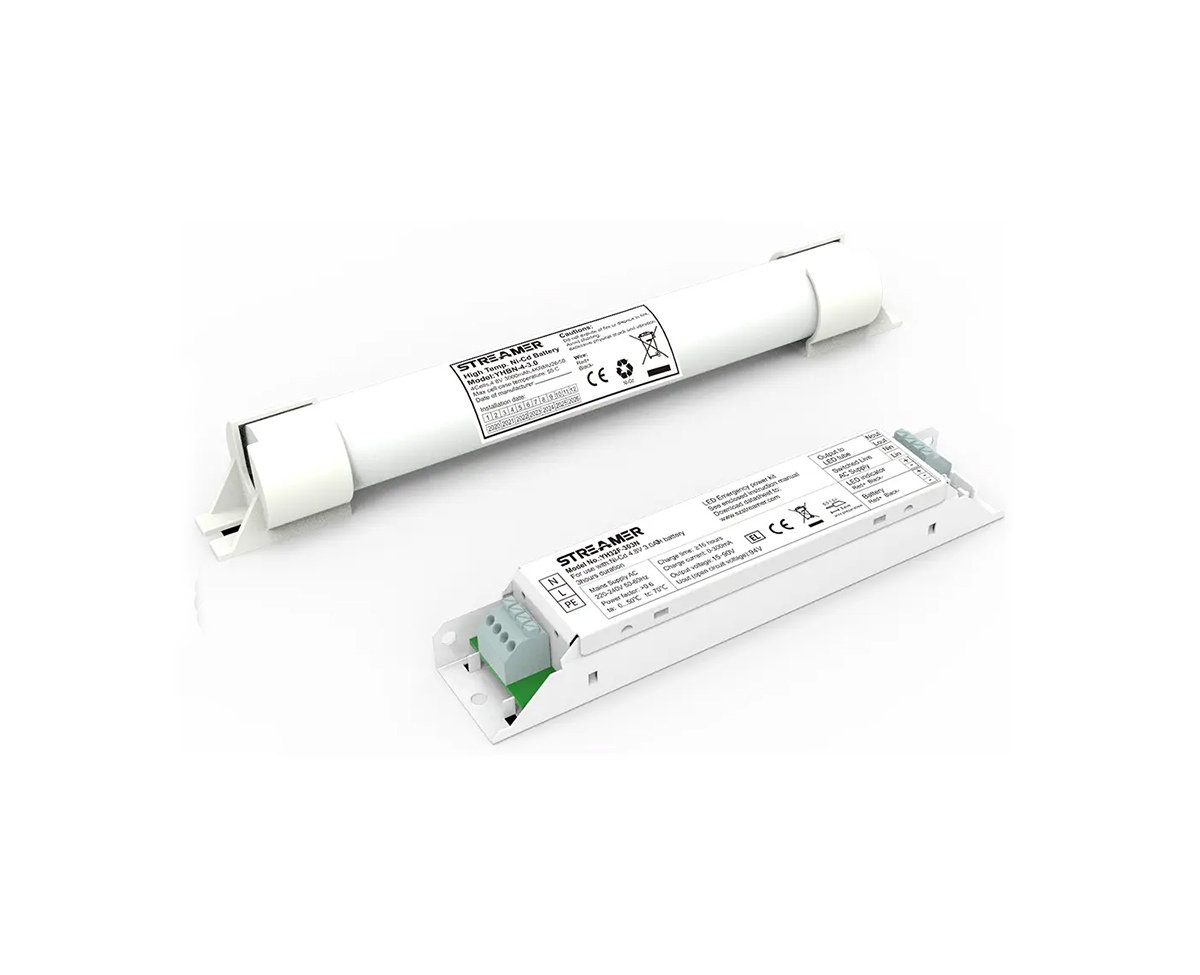 1
1
 Apr 04, 2025
Apr 04, 2025

LEDs, or Light - Emitting Diodes, have become the dominant light source in a wide range of applications due to their energy - efficiency, long lifespan, and high brightness. However, to operate properly, LEDs require a well - designed driver circuit.
An LED driver circuit serves multiple crucial functions. Firstly, it provides the appropriate current to the LEDs. LEDs are current - driven devices, and a stable and regulated current is essential to ensure consistent brightness and prevent over - current damage. Most LEDs have a specific forward - current rating, and the driver circuit must maintain this current within a narrow tolerance, regardless of input voltage variations or changes in the LED's forward - voltage characteristics over time.
There are several types of LED driver circuits. One common type is the linear driver. In a linear driver, a series resistor or a linear regulator is used to control the current flowing through the LEDs. This type of driver is relatively simple and cost - effective for low - power applications. However, it has a major drawback in that it dissipates a significant amount of power as heat, especially when the input voltage is much higher than the forward - voltage of the LEDs.
Switch - mode power supply (SMPS) based LED drivers are more widely used, especially for high - power applications. SMPS drivers can be further classified into buck, boost, and buck - boost topologies. A buck converter is used when the input voltage is higher than the required output voltage for the LEDs. It steps down the input voltage and regulates the current. A boost converter is employed when the input voltage is lower than the output voltage needed for the LEDs, increasing the voltage to the appropriate level. The buck - boost converter can handle both higher and lower input voltages compared to the LED's forward - voltage requirements.
Another important aspect of LED driver circuits is the power factor correction (PFC). In many applications, especially those connected to the mains power supply, a high power factor is required to reduce harmonic distortion and improve the overall efficiency of the power system. PFC circuits in LED drivers help to shape the input current waveform to be more in - phase with the input voltage, resulting in a higher power factor. Additionally, modern LED driver circuits often incorporate protection features such as over - voltage protection, over - current protection, and thermal protection to safeguard the LEDs and the driver itself from various faults and abnormal operating conditions.